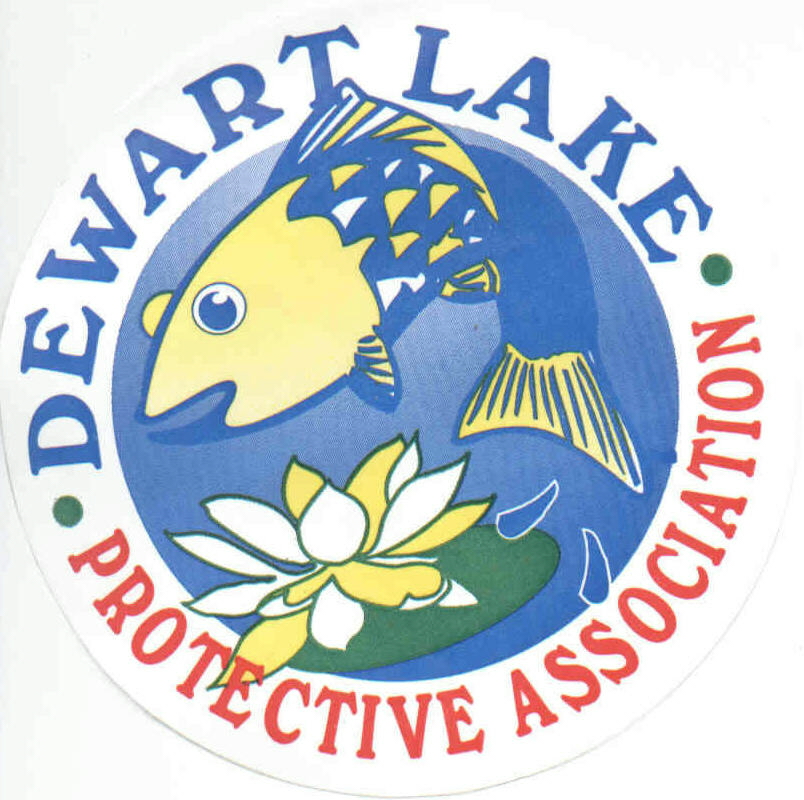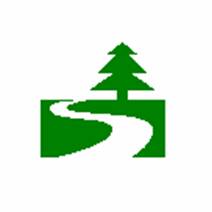 Dewart Lake Protective Association
Dewart Lake Protective AssociationLeadership in Energy and Environmental Design
LEED
Projects include New Commercial and Industrial Buildings,
Existing Buildings, New Homes, Home Remodeling (a.k.a. REGREEN) as well
as entire
Neighborhoods and Developments.
Leadership in Energy & Environmental Design practices are measurable, quantifiable and based on the following comprehensive standards developed from research based on scientific studies.
{A few potential synergies with DLPA Best Practices and recommendations are listed in braces and black text below.}
ENERGY & ATMOSPHERE: The Energy and Atmosphere section of LEED is aimed at reducing carbon emissions, ozone depleting molecules such as chlorofluorocarbons (CFCs) and sets energy efficient standards on a progressive percentage schedule for attainment of LEED credits. Looking for opportunities to use or purchase renewable energy from wind, solar and biofuels.
{Measurement and verification helps to ensure that all of the listed standards are in fact contributing to the intended goals of leaving our world in good condition to future generations. This can also have a direct impact on our monthly bills.)
ENVIRONMENTALLY SUSTAINABLE SITES: Building on previously developed land helps to stop encroachment into our wetlands, prime farmlands and local ecosystem. Nighttime light pollution is often overlooked however reducing light pollution can impact our ecosystem by keeping our rural, nocturnal ecosystem in balance.
{Managing storm water runoff quality and quantity contributes to our available fresh water and helps to keep our lake water free of pollution as well as contamination.}
(INDOOR) ENVIRONMENTAL AIR QUALITY: Preforming building flush out prior to occupancy and using adhesives and sealants which are less noxious creates better places to live and work. Controlling airborne particulate matter by physically placing barriers around work sites and chemical storage contributes to indoor environmental air quality. {Small home improvement projects can benefit from using products that conform to South Coast Air Quality Management District guidelines.}
MATERIALS AND RESOURCES: Reusing existing materials and sourcing products with recycled content conserves resources and provides sources for less energy intensive manufacturing. Investment in our regional suppliers stimulates our local economy.
{Reducing, Reusing and Recycling is synergistic with reducing all of our consumer costs and impacts on our environment.}
WATER EFFICIENCY: It has been noted that the next major environmental challenge may be finding adequate supplies of fresh water for the world population.
{Choosing water efficient fixtures helps to keep the local water table high enough to support the surrounding community and helps to provide a supply for our spring fed lake.}
 Please click here for more Green Resources
Please click here for more Green Resources
Leadership in Energy & Environmental Design practices are measurable, quantifiable and based on the following comprehensive standards developed from research based on scientific studies.
{A few potential synergies with DLPA Best Practices and recommendations are listed in braces and black text below.}
ENERGY & ATMOSPHERE: The Energy and Atmosphere section of LEED is aimed at reducing carbon emissions, ozone depleting molecules such as chlorofluorocarbons (CFCs) and sets energy efficient standards on a progressive percentage schedule for attainment of LEED credits. Looking for opportunities to use or purchase renewable energy from wind, solar and biofuels.
{Measurement and verification helps to ensure that all of the listed standards are in fact contributing to the intended goals of leaving our world in good condition to future generations. This can also have a direct impact on our monthly bills.)
ENVIRONMENTALLY SUSTAINABLE SITES: Building on previously developed land helps to stop encroachment into our wetlands, prime farmlands and local ecosystem. Nighttime light pollution is often overlooked however reducing light pollution can impact our ecosystem by keeping our rural, nocturnal ecosystem in balance.
{Managing storm water runoff quality and quantity contributes to our available fresh water and helps to keep our lake water free of pollution as well as contamination.}
(INDOOR) ENVIRONMENTAL AIR QUALITY: Preforming building flush out prior to occupancy and using adhesives and sealants which are less noxious creates better places to live and work. Controlling airborne particulate matter by physically placing barriers around work sites and chemical storage contributes to indoor environmental air quality. {Small home improvement projects can benefit from using products that conform to South Coast Air Quality Management District guidelines.}
MATERIALS AND RESOURCES: Reusing existing materials and sourcing products with recycled content conserves resources and provides sources for less energy intensive manufacturing. Investment in our regional suppliers stimulates our local economy.
{Reducing, Reusing and Recycling is synergistic with reducing all of our consumer costs and impacts on our environment.}
WATER EFFICIENCY: It has been noted that the next major environmental challenge may be finding adequate supplies of fresh water for the world population.
{Choosing water efficient fixtures helps to keep the local water table high enough to support the surrounding community and helps to provide a supply for our spring fed lake.}
INNOVATION
IN DESIGN: Innovative
approaches to increase the returns from all of the listed
standards can contribute to earning LEED credits for a project.
You may also want to investigate the Touchstone
Energy Initiative and the National
Association of Home Builders (NAHB) ratings.
 Please click here for more Green Resources
Please click here for more Green Resources